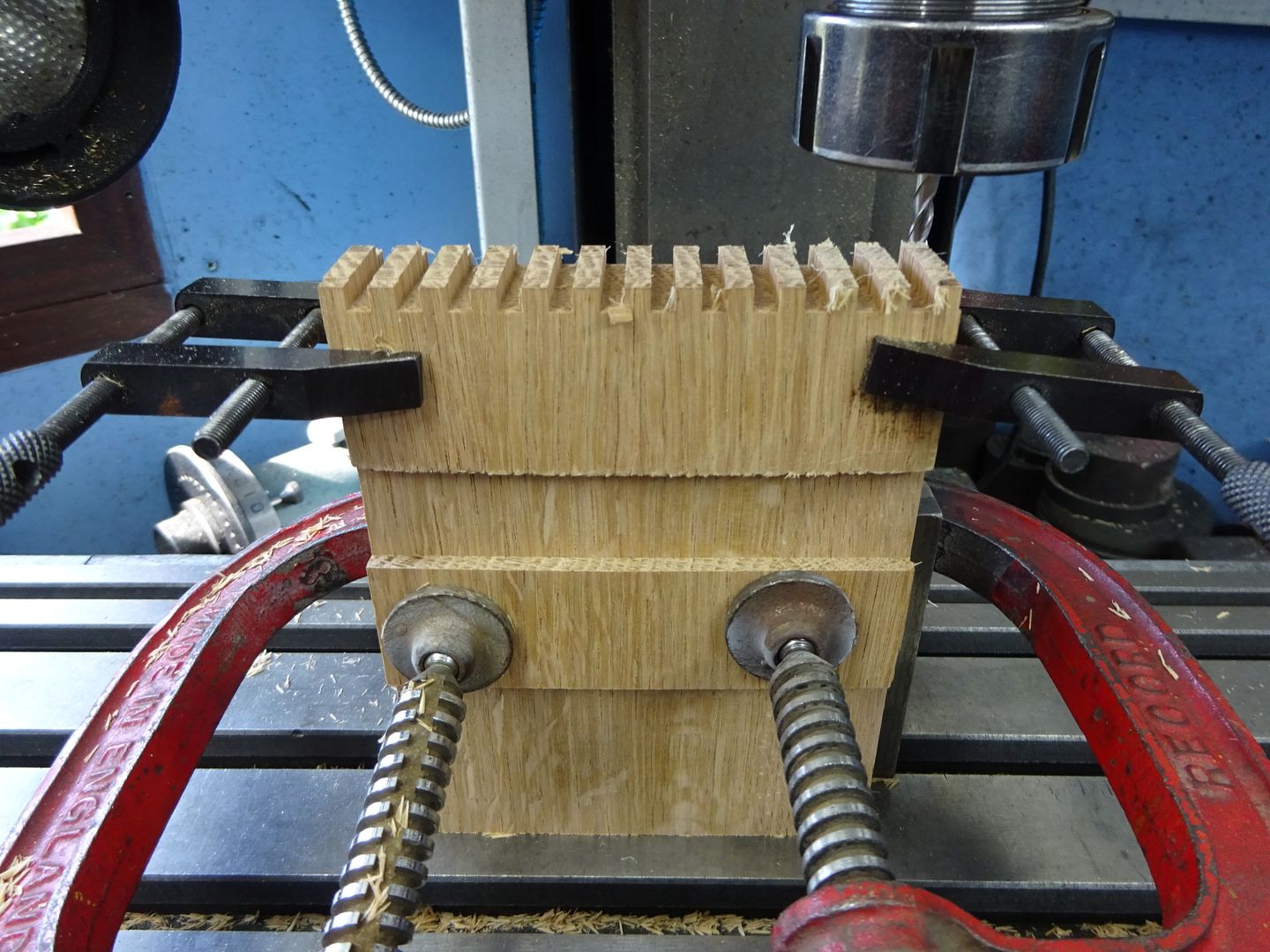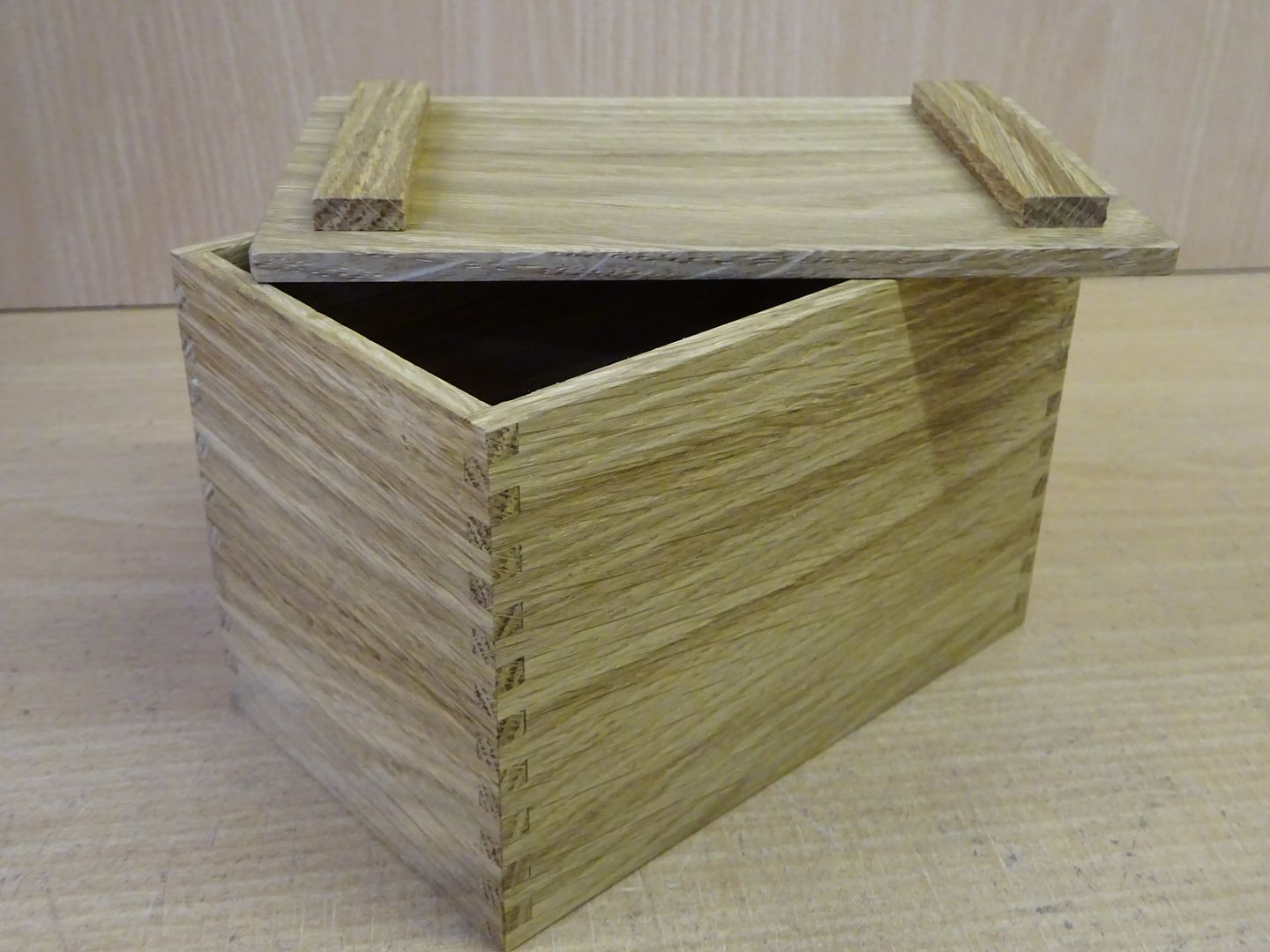I like a nice tool but..
I like a nice tool but..
- This topic has 35 replies, 22 voices, and was last updated 8 August 2023 at 11:58 by
 Bazyle.
Bazyle.
- Please log in to reply to this topic. Registering is free and easy using the links on the menu at the top of this page.
Latest Replies
Viewing 25 topics - 1 through 25 (of 25 total)
-
- Topic
- Voices
- Last Post
Viewing 25 topics - 1 through 25 (of 25 total)
Latest Issues
Newsletter Sign-up
Latest Replies
- How to identify a thread, ACME vs TR
- Alibre Workshop/Meshcam pro
- ZYTO mini Lathe – need help!
- speed control dc motor problem.
- What Do These Mean; Why So Many Loop Errors? (Alibre Atom)
- Parting off – Left over nib
- Eastern European Steam
- A New Scam Format?
- OKMO Microcosm Model M31 Vertical Steam Engine Single Cylinder with DIY Mods
- Solid Edge – Spring Designer – Help!








